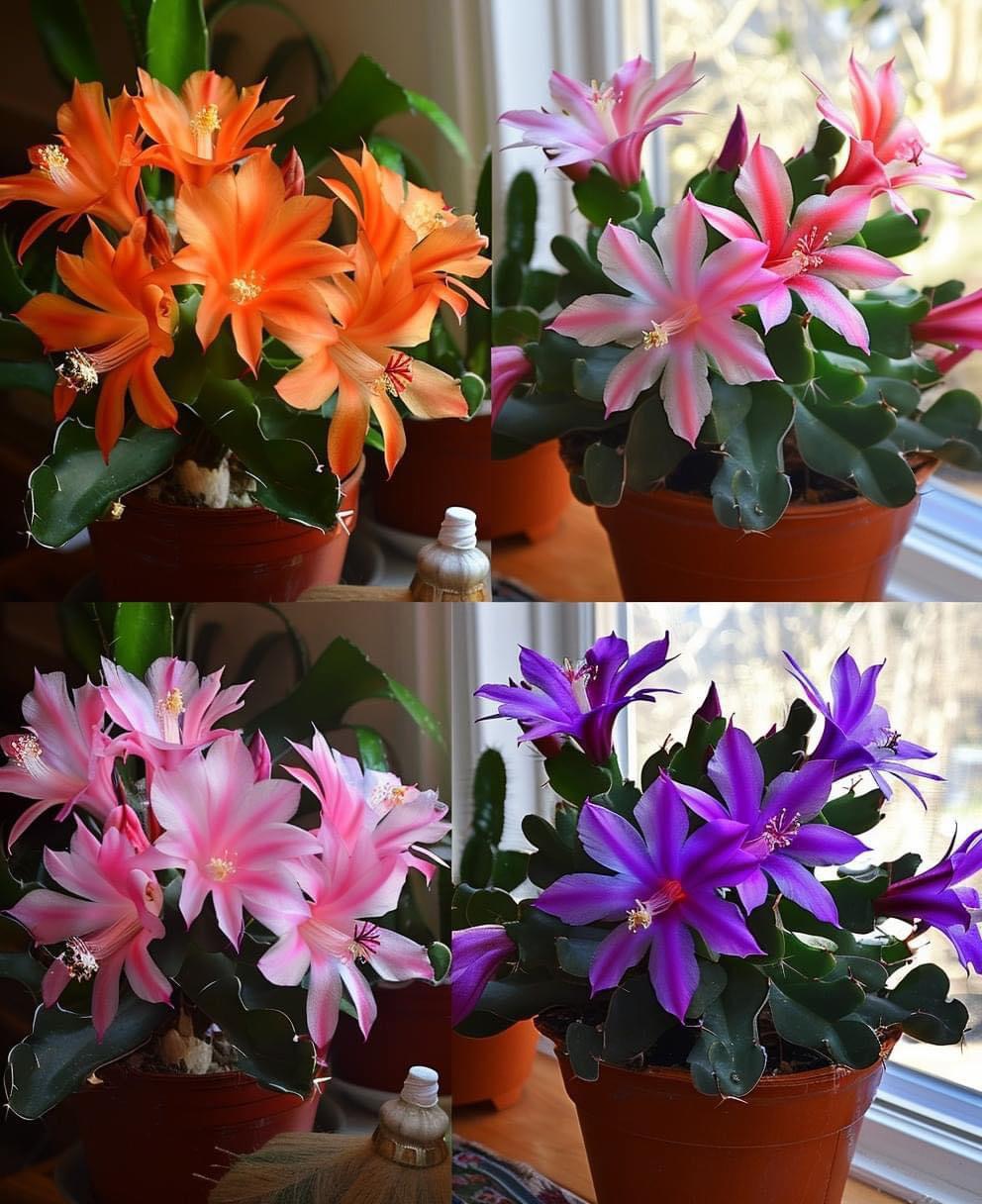To encourage a Christmas cactus (Schlumbergera) to bloom, it’s essential to simulate its natural winter conditions. Here’s how and when to put your Christmas cactus in the dark to initiate blooming:
1. Understanding the Christmas Cactus Blooming Cycle
1.1. Natural Blooming Period
– Christmas cacti typically bloom from late November to December, but this can vary slightly depending on environmental conditions.
1.2. Light and Temperature Requirements
– Christmas cacti are photoperiodic, meaning they need a specific light cycle to trigger blooming. They require shorter days (around 12-14 hours of darkness) to initiate flower bud formation.
2. Timing for Dark Treatment
2.1. Start Timing
– When to Begin: Begin the dark period treatment about 6 weeks before you want your cactus to start blooming. For a Christmas bloom, start this process in mid to late October.
2.2. Duration
– Dark Period Length: Ensure the cactus experiences at least 12-14 hours of uninterrupted darkness each day during this period.
3. How to Implement the Dark Treatment
3.1. Placement
– Dark Environment: Move the cactus to a completely dark room or cover it with a light-tight box or cloth. Make sure the space is free from any artificial light sources, including streetlights.
3.2. Consistent Routine
– Daily Routine: Place the cactus in the dark each evening and return it to its normal light environment during the day. Consistency is key to ensuring the plant receives the required dark period.
4. Post-Dark Treatment Care
4.1. Returning to Light
– Reintroduce Light: After the 6-week dark period, gradually reintroduce the cactus to its usual light conditions. Place it in a bright, indirect light spot.
4.2. Temperature
– Maintain Temperature: Keep the plant in a cool room (around 50-60°F or 10-15°C) during the dark treatment to further support blooming. Avoid exposing the cactus to sudden temperature fluctuations.
4.3. Watering and Fertilizing
– Watering: Reduce watering during the dark period to avoid overwatering. Resume regular watering once the cactus is back in its normal light environment.
– Fertilizing: Fertilize the plant with a balanced fertilizer when new growth begins to support blooming and overall health.
5. Troubleshooting
5.1. Inadequate Blooming
– Check Conditions: If the cactus does not bloom as expected, check for adequate darkness, correct temperatures, and proper watering practices.
– Pest and Disease: Ensure the plant is free from pests and diseases, which can also affect blooming.
By following these steps and maintaining consistent care, you can help your Christmas cactus achieve a beautiful and timely bloom for the holiday season.
M
